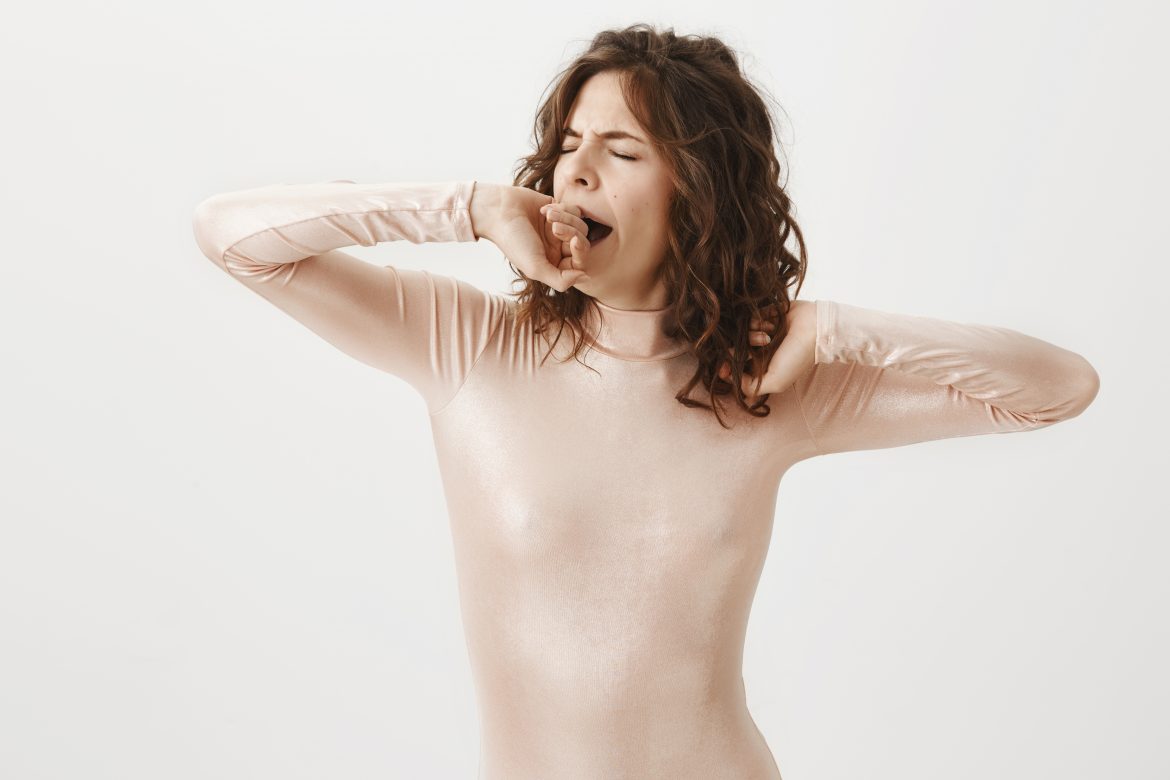Fatigue is a red flag, but iron deficiency anaemia can show up in sneakier ways. Here’s what to watch for…
Iron deficiency anaemia is the most common nutritional deficiency worldwide—and women are disproportionately affected. Heavy menstrual bleeding, pregnancy, and certain health conditions can all drain iron levels, leaving your body struggling to make enough healthy red blood cells.
When your iron stores are low, your body can’t transport oxygen as efficiently, leading to a cascade of symptoms. While extreme fatigue is a hallmark sign, many women experience more subtle symptoms that are easy to miss—or misattribute to stress or hormones.
ALSO READ: Blue light blocking glasses – Benefits and what you need to know
What exactly is iron deficiency anaemia?
Iron deficiency anaemia occurs when the body doesn’t have enough iron to produce haemoglobin, a protein in red blood cells that carries oxygen throughout the body. This can be due to blood loss, not getting enough iron through your diet, or an inability to absorb iron properly.
How is iron deficiency anaemia diagnosed?
If you suspect you’re low in iron, your doctor will likely order a full blood count and ferritin test. Ferritin is a measure of your body’s iron stores. A low ferritin level (usually below 30 ng/mL) is a strong indicator of iron deficiency, even before full-blown anaemia sets in.

Image: Pexels
Unexpected signs and symptoms of iron deficiency anaemia in women
You don’t have to be exhausted to be iron deficient. These lesser-known signs may point to a problem:
1. Restless legs or tingling sensations
If you’re lying in bed at night with an uncontrollable urge to move your legs, low iron could be to blame. Iron deficiency is a common—but overlooked—cause of Restless Leg Syndrome (RLS).
2. Unusual cravings (Pica)
Do you crave ice, clay, citrus peels or even chalk? This condition, known as pica, is linked to iron deficiency. While the cause isn’t fully understood, these non-food cravings are a red flag.
3. Shortness of breath during everyday tasks
Struggling to catch your breath while walking up stairs or carrying groceries—despite being reasonably fit—could signal iron-deficiency-related oxygen transport problems.
4. Frequent headaches or dizziness
Low iron means less oxygen reaches your brain, which can lead to persistent headaches or light-headedness, especially when standing quickly.
5. Hair loss or thinning
Iron deficiency is a common but often missed cause of hair shedding. If you’re noticing more hair in your brush or shower drain, it’s worth checking your iron levels.
6. Brittle or spoon-shaped nails
Your nails can tell you a lot about your health. Iron-deficient nails may become thin, brittle, or develop a spoon-like shape (concave nails).
7. Pale or sallow skin
You might not look “sick,” but iron deficiency can cause subtle paleness—particularly in the face, lips, inner eyelids, or even gums.
8. Missed or irregular periods
Although heavy periods are a common cause of iron deficiency, low iron can also disrupt your menstrual cycle. When your body is under strain, it may reduce non-essential functions like menstruation, leading to missed or irregular periods.
9. Cold hands and feet
Poor circulation and reduced oxygenation from anaemia can leave your extremities feeling cold, even when the rest of you is warm.
10. Poor concentration or brain fog
Feeling mentally fuzzy or struggling to concentrate? Iron helps supply oxygen to the brain—without enough, your cognitive performance can dip noticeably.
Don’t ignore the signs
Many women dismiss these symptoms or chalk them up to ‘normal’ hormones, but iron deficiency anaemia is both common and treatable. If you’re experiencing any of the symptoms above—especially in combination—speak to your doctor and request a full iron panel.
Early diagnosis and treatment (often with dietary changes or iron supplements) can make a world of difference in how you feel.
ALSO SEE:
5 hormonal symptoms women should never ignore (even when doctors do)
Feature Image: Freepik

